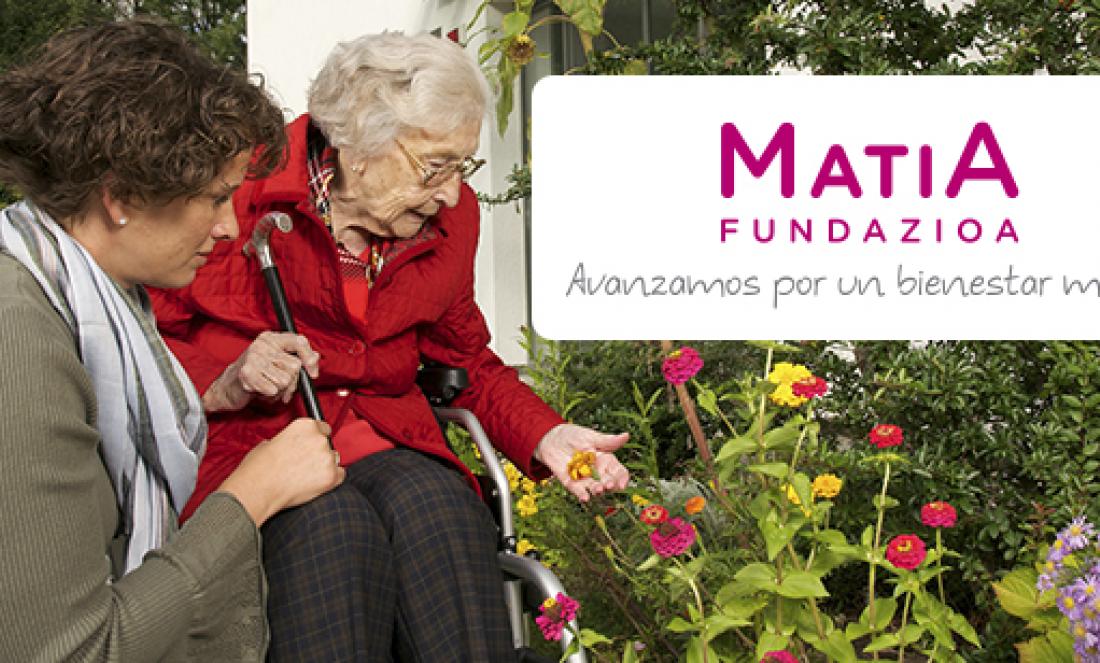
Person-centred care model. Practical notebooks. Notebook 3. How and where I want to be cared for. Person-centred care, a new model of care.
Person-centred care is a model of care that seeks and prioritises the quality of life of older people in need of care. It proposes care based on professionalism and technical knowledge, but placing the person who uses the services at the centre of care planning. Starting from their needs, but above all, guaranteeing their rights and respecting their preferences and wishes in care and daily life.
This booklet aims to provide some keys to identify what person-centred care consists of and thus be able to recognise when it is actually applied in a centre or service. Because not all professional services that offer care are the same. Some give great importance to technical criteria and are governed by the fulfilment of generic protocols; however, technical rigour and organisation, being necessary, can sometimes make people forget what really matters or makes them happy in their daily lives.
This booklet is mainly addressed to older people (current or future users of personal care services) and their families. It can also be of interest to managers, professionals and in general to anyone interested in knowing how a professional quality service should be from this innovative approach to care.
To this end, throughout its pages, in simple, direct language and with very significant examples, it offers a summary of the different aspects in which a model of person-centred care in a gerontological service can be specified.
It emphasises the importance of having quality professional care that allows and supports people, even those with advanced cognitive impairment, to continue to have control over their daily lives. The importance of aspects such as the knowledge of each person is highlighted: their health, their functioning and their circumstances, but also their life history, their abilities, their preferences and the activities they like. The importance of providing quality care by supporting people's self-determination and protecting their privacy or the need to foster social relations and contact with the community is highlighted. The role of physical space is also underlined, as well as the convenience of having a pleasant and homely design of the centres, leaving behind uniform and institutional environments, because this has a great influence on the well-being and the way of relating to the people who live there.
In addition, at the end of this booklet, an annex is included where ten characteristics are proposed that can help to identify person-centred care in gerontology services and centres.
It is essential that we know how to recognise and value the teams and services that are truly committed to moving towards person-centred care and to be able to check whether this is a reality or just good intentions.
Click here to download Booklet 3
Visit the other related entries:
Booklet 1: Model of Person-Centred Care. Practical notebooks. Notebook 1. Person-centred attention: What does it consist of?
Notebook 2: Model of person-centred attention. Practical Workbooks. Notebook 2. Person-centred attention: How to put it into practice?

Add new comment